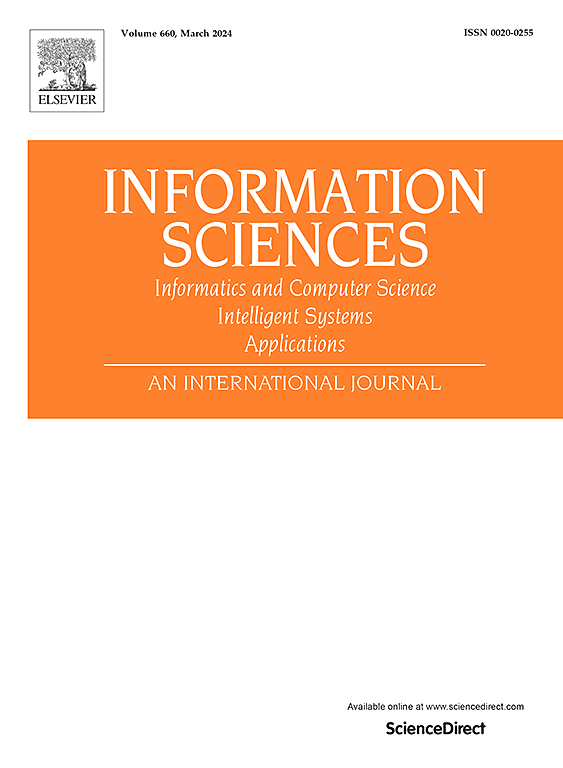图约束分位数回归:统一结构化正则化和鲁棒建模,以提高准确性和可解释性
IF 8.1
1区 计算机科学
0 COMPUTER SCIENCE, INFORMATION SYSTEMS
引用次数: 0
摘要
分位数回归由于其适应任意响应变量分布的灵活性而在预测领域得到了广泛的应用。然而,现有模型主要依赖于分位数最小绝对收缩和选择算子(分位数LASSO)等正则化方法,忽略了空间几何结构对提高预测精度的关键作用。本文提出了一种结合分位数回归和图形正则化的预测模型,以利用预测因子之间的结构依赖关系。该模型既具有鲁棒性,又具有图形化结构。图形化正则化框架支持同时选择预测器并利用它们的相关性,利用基于图形的惩罚来捕获几何模式。为了有效地解决正则化优化问题,我们提出了一种近邻交替方向乘法器(PADMM)算法,并从理论上证明了其收敛性。在实证研究中,我们考虑了几个数据集,通过与其他最先进的统计和深度学习模型进行比较,证明了优越的预测性能。弗里德曼检验也提供了统计支持我们的发现。本文章由计算机程序翻译,如有差异,请以英文原文为准。
Graph-constrained quantile regression: Unifying structured regularization and robust modeling for enhanced accuracy and interpretability
Quantile regression has gained substantial popularity in the forecasting domain due to its flexibility in accommodating arbitrary response variable distributions. However, existing models predominantly rely on regularized approaches like the quantile least absolute shrinkage and selection operator (quantile LASSO), ignoring the critical role of spatial geometric structures play in enhancing prediction accuracy. This study proposes a novel forecasting model that integrates quantile regression with graphical regularization to exploit structural dependencies among predictors. The proposed model obtains both robustness and graphical structure among the predictors. The graphical regularization framework enables simultaneous predictor selection and exploitation of their correlations, leveraging graph-based penalties to capture geometric patterns. To efficiently solve the regularized optimization problem, we develop a proximal alternating direction method of multipliers (PADMM) algorithm, and theoretically prove its convergence. In empirical study, we consider several datasets to demonstrate the superior forecasting performance via comparing with other state-of-the-art statistical and deep learning models. The Freidman test is also provided to support our finding statistically.
求助全文
通过发布文献求助,成功后即可免费获取论文全文。
去求助
来源期刊

Information Sciences
工程技术-计算机:信息系统
CiteScore
14.00
自引率
17.30%
发文量
1322
审稿时长
10.4 months
期刊介绍:
Informatics and Computer Science Intelligent Systems Applications is an esteemed international journal that focuses on publishing original and creative research findings in the field of information sciences. We also feature a limited number of timely tutorial and surveying contributions.
Our journal aims to cater to a diverse audience, including researchers, developers, managers, strategic planners, graduate students, and anyone interested in staying up-to-date with cutting-edge research in information science, knowledge engineering, and intelligent systems. While readers are expected to share a common interest in information science, they come from varying backgrounds such as engineering, mathematics, statistics, physics, computer science, cell biology, molecular biology, management science, cognitive science, neurobiology, behavioral sciences, and biochemistry.
 求助内容:
求助内容: 应助结果提醒方式:
应助结果提醒方式:


